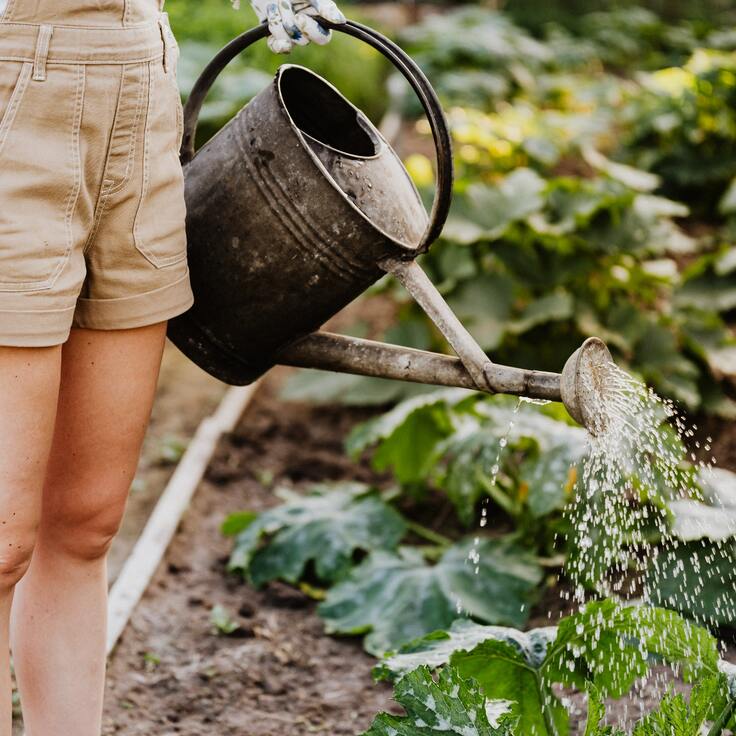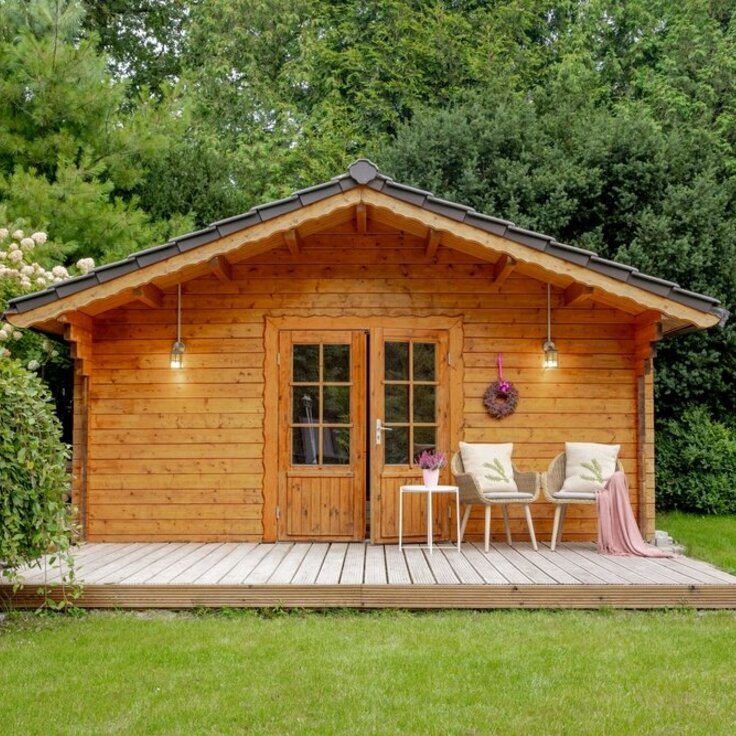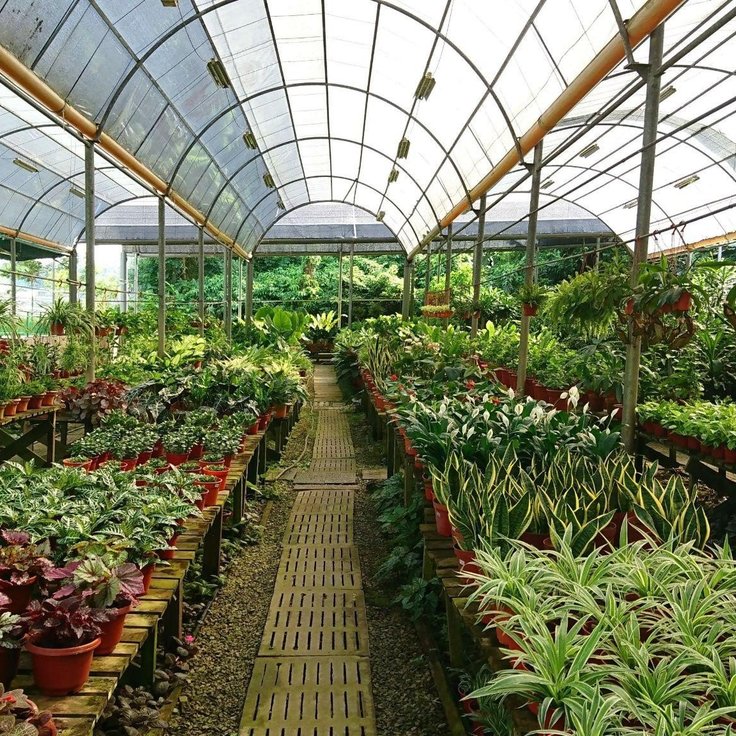Creating a Winter Wonderland!
Evergreens in borders can bring a sense of structure, explains Michelle Wheeler
In those dark winter months that will soon be upon us, evergreens in the border can bring cheer when all is bleak and bare. Conifers, bamboos, shrubs, grasses and sedges can all bring a sparkle to your garden when the first frosts hit. I use evergreens as a backdrop to my garden. And in the colder months they come forward and take centre stage.
What are the best evergreens around? It will depend on your soil, aspect and the size you have available. Pieris japonica ‘Blush’ a compact evergreen shrub that enjoys an acid soil. Hinoki Cypress is a slow growing conifer ideal for rockeries. Urcinia rubra, will bring a splash of colour. Evergreens, although pretty tough and suit our climate, can still be affected by very harsh weather, fleecing maybe required for some varieties in the winter.
If you need to add that bit of colour to your garden this winter grab inspiration from the plants below.
Conifers
Abies concolor ‘Compacta’
Slow growing, spreading shape
Chamaecyparis lawsoniana ‘Minima Glauca’
Dwarf evergreen shrub
Cryptomeria japonica ‘Elgans Compacta’
Bushy evergreen shrub with a purple tinge.
Grasses and bamboos
Carex elata ‘Aurea’
Forms a compact clump of bright yellow stems
Stipa gigantean
Robust, with linear green leaves
Pleioblastus variegates
Dwarfing bamboo which is clump forming.
Shrubs
Berberis thunbergii f. ‘atropurpurea’
Dwarfing berberis with redish purple leaves (see pic’s below0
Daphne odora ‘Aureomarginata’
Evergreen and fragrant flowering shrub
Mahonia japonica
This shrub thrives in a shady spot.
Step by step planting an evergreen.
Remove weeds and dig over the soil add in we-rotted manure and compost. Dig a hole twice the size of the plant.
Soak the plant in its pot in water for a while. Remove from the pot, check over for pest and diseases. Tease out large roots.
Fill the hole and firm in plant gently, checking the plant is upright and ensure there is a slight depression around it to help with watering.








